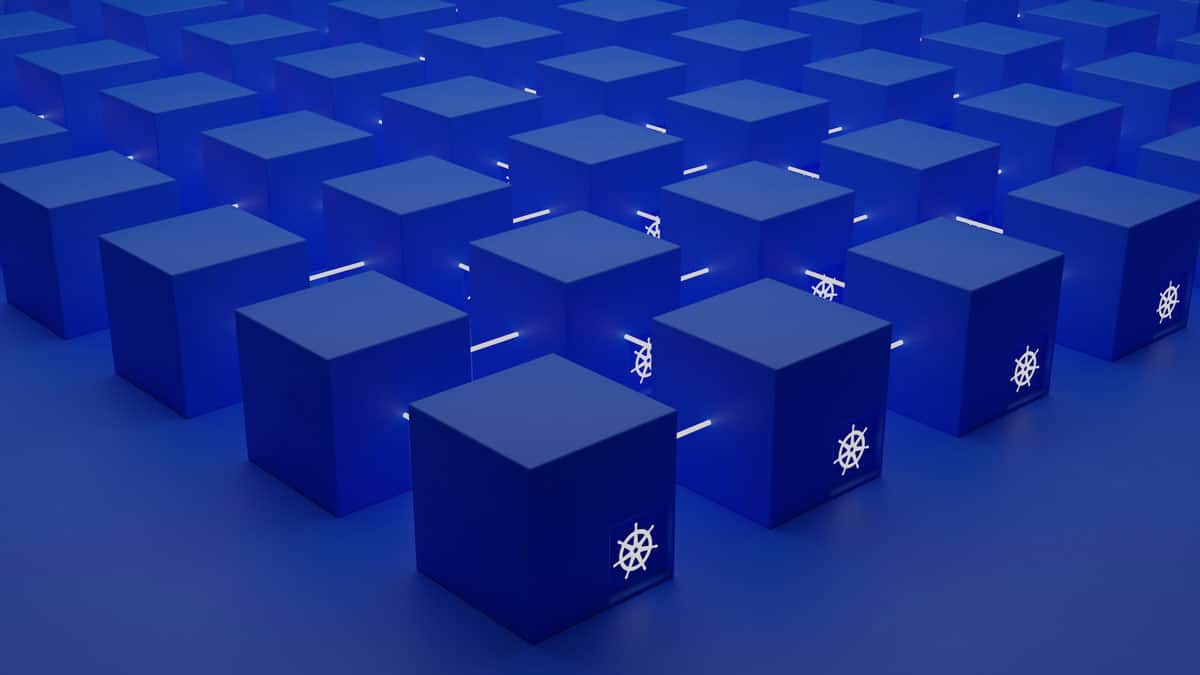

Databases like Oracle can be costly, inaccessible, outdated, and offer limited cloud support. For innovative businesses wanting flexibility in the cloud, Enterprise Postgres is open-source and the fourth most used database in the world, offering a seamless transition from legacy applications to hybrid or cloud environments.
However, any form of migration is costly and complex, requiring applications compatible with the new database and the company’s service levels. As you consider migrating from a legacy database, what should you know about Postgres’ capabilities?
Organizations are pivoting to address evolving customer concerns and technological advancements. For instance, some companies require flexibility in a hybrid environment with cloud-like features in their on-prem data centers. Yet these initiatives are hampered by antiquated software, vendor contract agreements, and prices. A new database comprises only 10-15% of the total cost of migration, with legacy applications, staff training, consulting fees, cloud transitions, and breach of contract charges constituting the remainder. How can you transition to a best-in-class solution while minimizing risk and costs?
Postgres offers extensibility to integrate additional capabilities, functions, and applications in a single database. With Advanced Postgres, this extensibility allows you to incorporate various Oracle applications seamlessly into a Postgres database, maintaining the structure of your original tech stack while offering resiliency and flexibility. Upgrading your capabilities while minimizing a full migration can reduce your costs by 80%.
When transitioning to a new database, data migrations remain a pressing concern. Large data sets are often stored in multiple warehouses, creating inefficiencies and losses. Postgres can integrate with any cloud environment, allowing you to scale and store workloads across multiple regions, creating data consistency and eliminating loss. Migrating from a data center to the cloud requires careful consideration of use cases, objectives, and providers. Here’s what you should know about transitioning to the cloud:
Before moving to the cloud, you must perform a readiness assessment. This extends beyond data management and involves preparing your applications, assets, and workloads without disrupting business operations during the transition. Some foundational steps include determining your users’ locations and evaluating regulations, governance, and risk compliance. Cloud readiness also requires prioritizing business initiatives by establishing and redefining operational characteristics. Tom Rieger, the Principal Solution Engineer at EDB, lists the criteria organizations should consider when assessing cloud readiness, “What is the most important thing the cloud has to do for you first? Is it to save money? Is it resiliency? Is it security… or is it performance?” Identifying a primary use case for the cloud allows you to structure additional initiatives around your objectives.
Another key factor in your decision is understanding your chosen database’s capabilities. For instance, Postgres provides transparent data encryption governed entirely by the database, whereas cloud data encryption requires consistent management at the disk level. By assessing the components and offerings of both the cloud and your database, you can determine where to place your functions.
Many complications exist when migrating from legacy Oracle databases. One challenge occurs when users from various locations encounter security regulations when attempting to access or relocate data. Postgres has integrated globally allocated data, where each user is assigned a serial number with a unique key for authorized access. Another conflict involves software end-of-life, where outdated applications shut down after migration, compromising the new database environment. Active-active replication in Postgres allows rolling upgrades in the cloud or on-prem to scale gradually without risking database security.
Whether migrating to Postgres from a data center or the cloud, the transition should occur incrementally, beginning with a database transfer before executing innovation in the cloud.